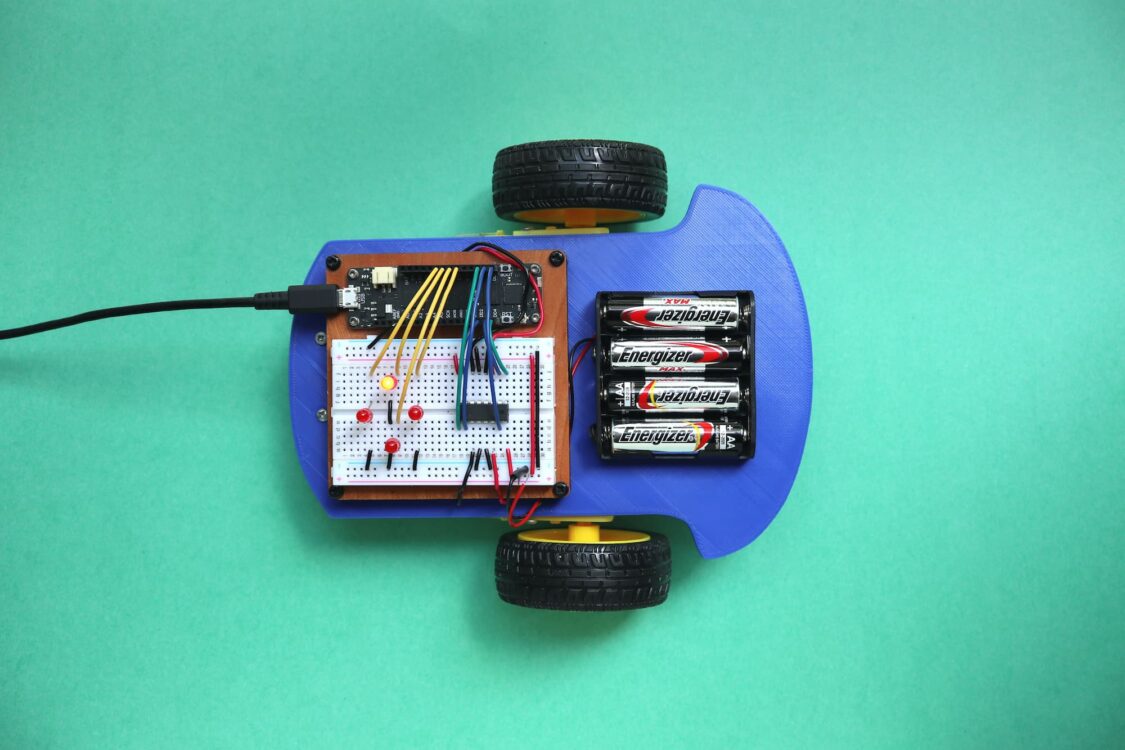Why should customers and developers pay attention to the latest trends of mobile app development? Because web applications, especially mobile apps, are deeply integrated into our daily lives. Also the customers’ needs are growing as well as the market for new products.
These needs could be visible and generated by the latest trends (coming from fashion, religion, modern technologies). But sometimes these needs are invisible and not that obvious (like healthcare problems; enterprise level related needs). That hove the story of the development of MVP assistance appeared. And what else? Maybe by the end of 2025 the market will bring something extremely new, and what will the new-born startup add to their mobile application to get a really successful digital product?
Internet of Things (IoT)
If you might think that ubiquitous smart connected devices are a distant future, then know that in the United States, Asia and Europe, things like smart LED lighting and smart buildings have long been commonplace. Smart connectivity empowered by IoT technology stack will even help to find a runaway pet! It works very simply: smart devices are paired with a mobile application or remote control from anywhere in the world and all of that cloud collects data and gives real-time alarms and suggestions. In today’s world, the number of users of “connected devices” is growing, so the trend continues to be relevant.
What does it give for the app developers? The Connected Things or Internet of Things is increasingly implemented into people’s lives. With its help it is possible to trace needs and to optimize or it is better to say make smarter work of offline devices and systems in different industries with real-time monitoring, auditing and taking actions. If there is something that could be automated in the field, the Internet of Things will definitely appear there. Even now, because of the IoT implementation, you can track packages, keep the same level of temperature in the whole building, and see if there is a parking slot available near the Opera house.

Cross-Platform App Development
The competition is growing every day. If you think you’ve entered a just created market for some goods, just wait a few months and this market turns into a red oasen. That’s why if you have an idea for a startup, you need to validate it asap. Creating native mobile applications with all its features takes a lot of time and money, and at the end of it all the product may not take off as was expected. Therefore, it is worth considering the option of a cross-platform development instead of native development. Because of the common code base, building mobile applications on two platforms at once or starting with just one – iOS or Android – might take a lot less billable hours. In addition, applications are usually updated from the inside out. So as a bonus you will not need to add a new version to the GooglePlay and AppStore.
What does it give for the app developers? Now you know that cross-platform application development is twice as fast as native development approach. But even with native web applications you have the ability to integrate parts of React Native code. As an example of that, Instagram that was developed natively, has added post promotion and push notifications to its features.
Development for Wearable Devices
There are lots of electronic manufacturers that over a century were investing into creating smaller, smarter and easier to use devices and sensors. But not that long ago, these manufacturers and companies from the tech-world started thinking of adopting web and mobile applications for them. I guess, the most common examples of it are smart watches, rings and fitness trackers. For mobile applications built on iOS it’s the WatchOS platform, and for Android based apps – WearOS.
What does it give for the app developers? Not everyone is talking about mobile applications built specifically for smart watches. Which makes this market not overtaken by hungry competitors and at the same time opens the door for software companies with the desire to build Uber-like applications. In addition, standalone devices can keep track of data without being connected to the software application but the smart system can alert or inform users about puls or action that has to be taken.


